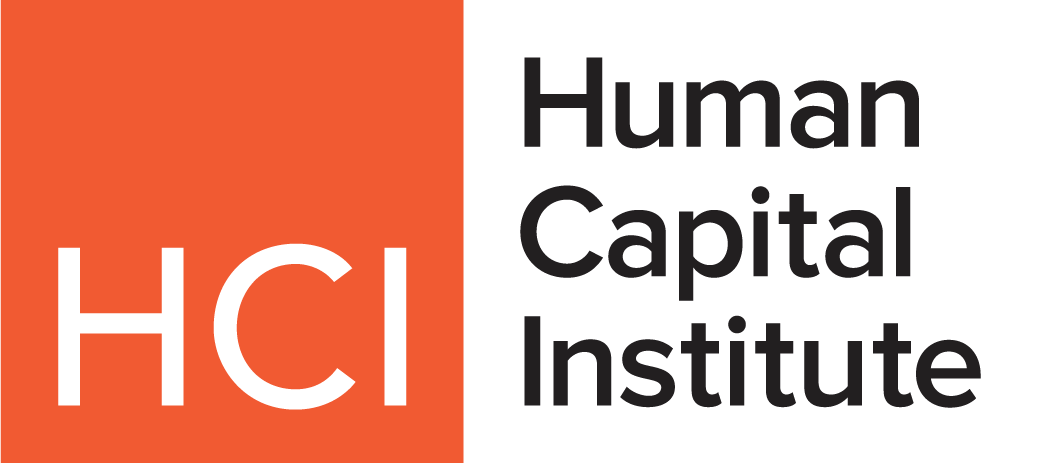For minority and LGBTQ+ employees in the U.S., the rise of DEI bans is triggering anxieties that go beyond job security. The very foundations of psychological safety and workplace belonging are being questioned. This uncertainty is taking a significant mental health toll, impacting employees both at work and beyond.
In this Q&A, Sarah Reynolds, CMO of HiBob, provides crucial, actionable advice for HR leaders on how to effectively lead their teams through this complex and sensitive period.
How do you think the recent DEI bans are impacting employees on a general level?
SR: Employees are feeling the weight of both the bans themselves, and the overall charged atmosphere surrounding DEI discussions in the workplace. DEI has been a pillar of the cultural fabric of our workplaces, and with companies doing 180, employees are left feeling ill at ease. Folks are worried about what these actions mean for themselves, for their colleagues, friends, neighbors, kids – and more than that, they’re seeing companies quickly pivoting away from the underlying values they thought were non-negotiable in the world of work.
At HiBob, we believe workplaces that allow employees to bring their authentic selves to work create better cultures and engagement and foster environments where workers feel more free to be creative. We believe this sentiment is shared among many companies and employees alike—they want to feel seen, and the DEI bans can cause feelings of insecurity both for those who are impacted by the dissolution of programs and services and for those who feel like it may change the way their work environment feels or functions on a daily basis.
Can you define psychological safety? What impact do these moves have on psychological safety at work, if any?
SR: Psychological safety is a part of cultural safety in the workplace and implies that someone feels their employer encourages people to take risks, voice their perspective, ask questions, and make mistakes without the fear of retribution, punishment, or rejection. Organizations that create psychologically safe environments value honesty, courage, and humility, building a genuine culture of trust with their employees.
In a psychologically safe environment, employees from diverse backgrounds feel safe to be themselves, voice their unique perspectives, share their concerns, and authentically contribute. But walking away from commitments to diversity, equity, inclusion, and belonging casts doubt on an organization’s commitment to psychological safety, especially for folks who may offer a different viewpoint from the status quo. DEI programs that train managers on how to create inclusive, psychologically safe work environments are critical to ensure that everyone feels seen, heard, valued, and respected.
How should HR teams and leaders talk to their employees about what’s going on? Should messaging differ for workers who are considered minorities or members of the LGBTQ+ community?
SR: First and foremost, leaders should recognize that for many employees, it’s nearly impossible to be “business as usual” right now. You may have employees who are worried about their physical and emotional safety, about their job security, about their access to healthcare, about the potential dissolution of their family, about needing to relocate on short notice, and more. For people leaders, especially those who are not members of affected communities themselves, this may be the first time they’ve navigated complex conversations about these topics in the workplace and they need help! Reminding leaders about the importance of empathy can be a powerful first step, but more formal training and support is needed to ensure leaders communicate consistently and effectively.
Beyond training for managers, this is a huge opportunity for HR to step up and lead from the front. Ensure your employee handbook explicitly protects all your people, including anti-discrimination policies with dedicated sections on gender identity and gender expression. Build out programs that support transitioning team members and their families, including transition-related healthcare, facilities access, and guides for managers and teams who want to support their transitioning colleagues. Implement a simple process for employees to update their names and pronouns in directories and email systems. Support employee resource groups (ERGs) for your employees. Offer mental health support and employee assistance programs (EAPs). But most importantly: be proactive. Remind all employees where they can find resources instead of waiting for them to ask. Survey your workforce and ask them what’s missing, then actively work to fill those gaps.
Of course, HR leaders should always consult their legal counsel to ensure they know what their company can and cannot say and do in the current environment.




